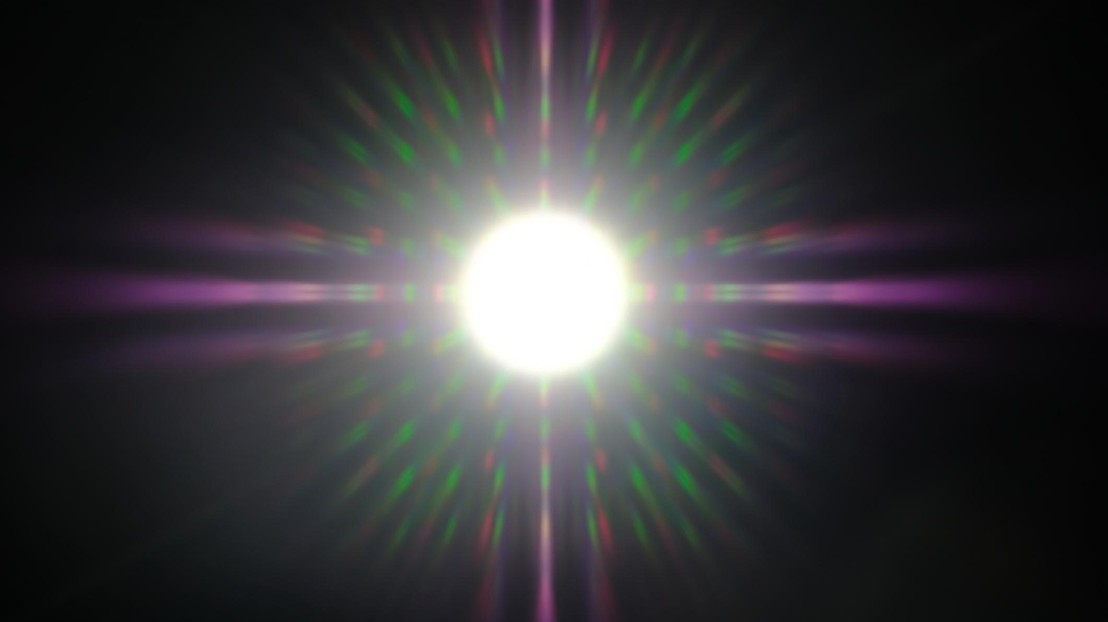
© 2025 EPFL
EPFL researchers have developed a new imaging method, based on the use of a single-photon camera, that can characterizes thousands of molecules quickly and simultaneously.
The new method, inspired by an imaging technique that has been around for 35 years, takes ultraprecise measurements of a molecule's unique light-emission signature at the scale of a billionth of a second. It uses a single-photon avalanche diode (SPAD) camera made up of close to a million tiny sensors that can each detect aphoton. The data are analyzed to determine a molecule's fluorescence lifetime - or the extremely short delay between an excitation laser pulse and the fluorescence emitted by the molecule - and then the individual molecules in a sample are characterized with impressive accuracy. The method was developed at EPFL by the Laboratory of Nanoscale Biology (LBEN) in association with the Advanced Quantum Architecture Laboratory (AQUA), using a camera developed by EPFL spin-off PI Imaging Technology. It marks a first step towards imaging procedures that enable scientists to study the behavior of specific molecules in large samples.
Faster method allows for quick analyses of large protein samples
Unlike conventional imaging methods, the one developed by LBEN detects molecules at a specific point in time immediately after they're subjected to an excitation pulse, with picosecond-scale resolution. It involves capturing alternating series of images: one immediately after excitation and then another one a few nanoseconds later. The images are analyzed to determine the molecule's fluorescence lifetime. With the SPAD camera, scientists can obtain precise information on thousands of molecules in under a minute - as opposed to the hour required by existing techniques. "Our method is slightly less accurate than conventional ones but it is faster and can detect an unprecedented number of molecules at once," says Prof. Aleksandra Radenovic at LBEN. This greater speed can enable rapid analyses of large protein samples.
Teamwork among research groups is key
"Our research is being supported by EPFL's Center for Imaging and a Swiss National Research Programme," says Radenovic. "It was made possible thanks to the timely convergence of new technologies. We've been working with Edoardo Charbon and his team at AQUA for over ten years, and the funding we've received is now letting us turn our ideas into tangible results."
To design the advanced method, experts in single molecule detection worked closely with engineers specialized in camera development. "For instance, the frequency with which the original camera captured images didn't match the pace of the laser pulses," says Nathan Ronceray, an LBEN scientist. "But our colleagues at AQUA and the engineers at Pi Imaging moved quickly to adapt the device." The team's promising results could also benefit Pi Imaging, given that the key to a technology's success in a niche market is often joint R&D with university labs. "We also worked with EPFL's Laboratory for Biomolecular Modeling, headed by Matteo Dal Peraro, and the research group headed by Guillermo Acuna at the University of Fribourg. They're studying membrane proteins and DNA origami, respectively," says Ronceray.
Rapidly pinpointing a molecule's relative position
Once the researchers' new method had proven effective, they began exploring another application - detecting the distance between molecules. They created a technique based on Förster resonance energy transfer (FRET). That refers to the mechanism by which the fluorescence lifetime of a "donor" molecule changes if an "acceptor" molecule is nearby.
"Measuring the fluorescence lifetime of a pair of molecules provides information on the distance between them at a scale of just a few nanometers," says Ronceray. "The current approach can only be applied to small samples, but our system can expand it to allow for the rapid study of dynamic phenomena on thousands of molecules."
The team's findings open up exciting new avenues across diverse areas of science and technology. "As with any technique, it is difficult to predict its full potential: it will probably be limited only by imagination," Radenovic points out. "One promising direction is its potential to improve multiplexed analyses, i.e. to measure several parameters simultaneously in a single sample. It is likely to be useful in fields such as spatial transcriptomics, which aims to measure gene expression in a tissue while preserving spatial information: the exact location of cells or structures in the tissue." By enabling the simultaneous reading of many molecular species throughout life, the method could serve as a powerful complement to emerging high-resolution omics tools, used to study the different biological layers of an organism in a comprehensive and systematic way, often on a cellular or molecular scale.






